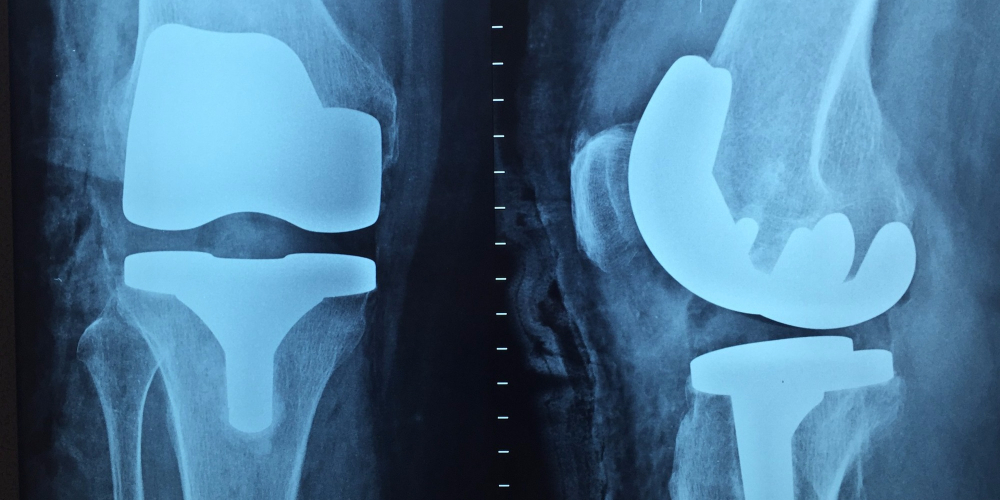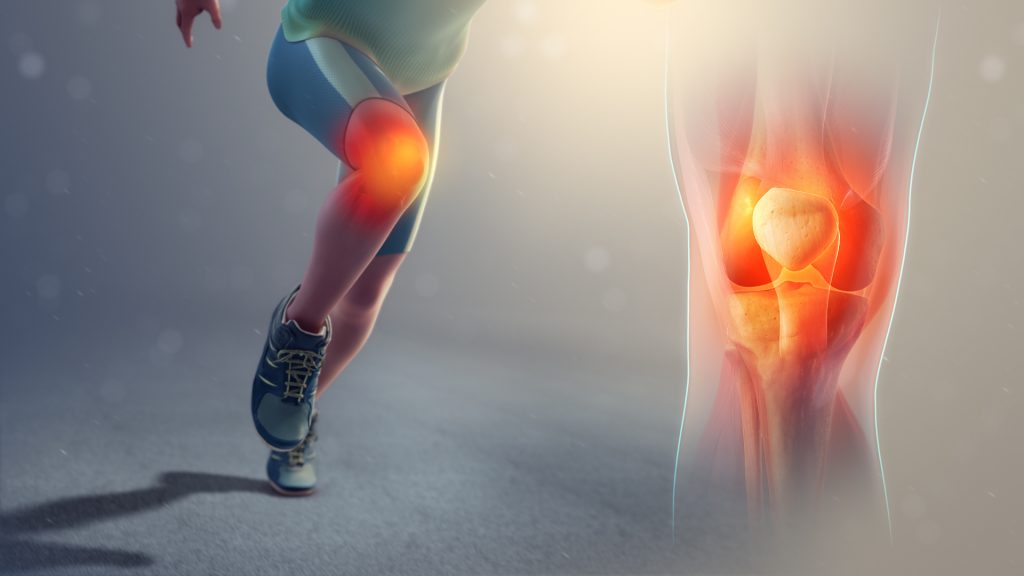Common Risk Factors for Knee Pain When Weightlifting
Note: If you are viewing exercise videos on a mobile device, please switch to horizontal view for the best experience.
Weightlifting is a great way to get your body into shape, though you will push it to the limits in order to do so. When you lift weights, you put intense pressure on certain parts of your body including your core, your lower back, your arms and your knees. When you injure your knees, you will likely experience pain and swelling, and you may find it difficult to walk as well.
There are various factors that could cause you to experience pain in your knees, especially when you are lifting weights. Before you hurt yourself in a bid to keep fit and build up your body, here are risks that you should avoid: –
Sudden Twists
If you are weight training and make a sudden twisting movement, you may damage the Anterior Cruciate ligament that is around your knee joints. To fix it, you will need to undergo surgical reconstruction, and in the long run, you may need a year to heal.
Runner’s Knee
As much as this sounds like something that affects runners only, weightlifters may also be affected by runner’s knee. Basically, the knee will hurt around the kneecap and pain intensifies when one is walking on a downward slope or stairs. To prevent this risk, one should spend time doing side planks as these help to build up strength in the knees.
The Wrong Shoes
It is essential that you stabilise yourself when you are lifting weights, and this is only possible if you are wearing the right shoes. Some people injure their knees because they lift weights while wearing running shoes. These will elevate the heel, making it challenging to recruit your hamstrings. The solution is to ensure that you purchase the right shoes for weightlifting.
Adequate Support
There are knee injuries that are minor and can be easily managed, if the right steps are taken at the beginning. This means that you need to protect the knee as much as possible, to prevent a bad situation from becoming worse. A knee brace may help prevent injury as well as help any small injury heal while allowing you to remain active.
Bad Form
You may think that you know what you are doing when weightlifting, but without consulting a professional, your exercises may be in bad form. You could be overtraining your knees by using workout techniques that are too advanced, or where you need to force repetitions. This could cause incredible pain and discomfort. To prevent this risk, understand the level that you have reached when training, and do not try exercises that are too advanced. Work your way up slowly and you will not risk knee pain.
Your Core is Weak
The balance on your knees is in large part affected by the strength of your abdominals. So, if you have weak abdominal muscles, it is likely that you will put excessive strain on your knees. This is because the muscles in your back will become tight, and your pelvis will begin to tilt. To prevent this issue, you need to try and do exercises for each leg at a time.
Avoiding risk and weightlifting in the safest way should be your focus when you hit the gym. Being aware of the risk is the best way to start, as you will then be able to counter the risk when it comes up during training. Learn to listen to your body, and you will be able to tell when you are straining your muscles so that you can slow down. Your knees will thank you for it.
Bio
Joe Fleming is the President at ViveHealth.com. Interested in all things related to living a healthy lifestyle, he enjoys sharing and expressing his passion through writing. Working to motivate others and defeat aging stereotypes, Joe uses his writing to help all people overcome the obstacles of life. Covering topics that range from physical health, wellness, and aging all the way to social, news, and inspirational pieces…the goal is help others “rebel against age”.


